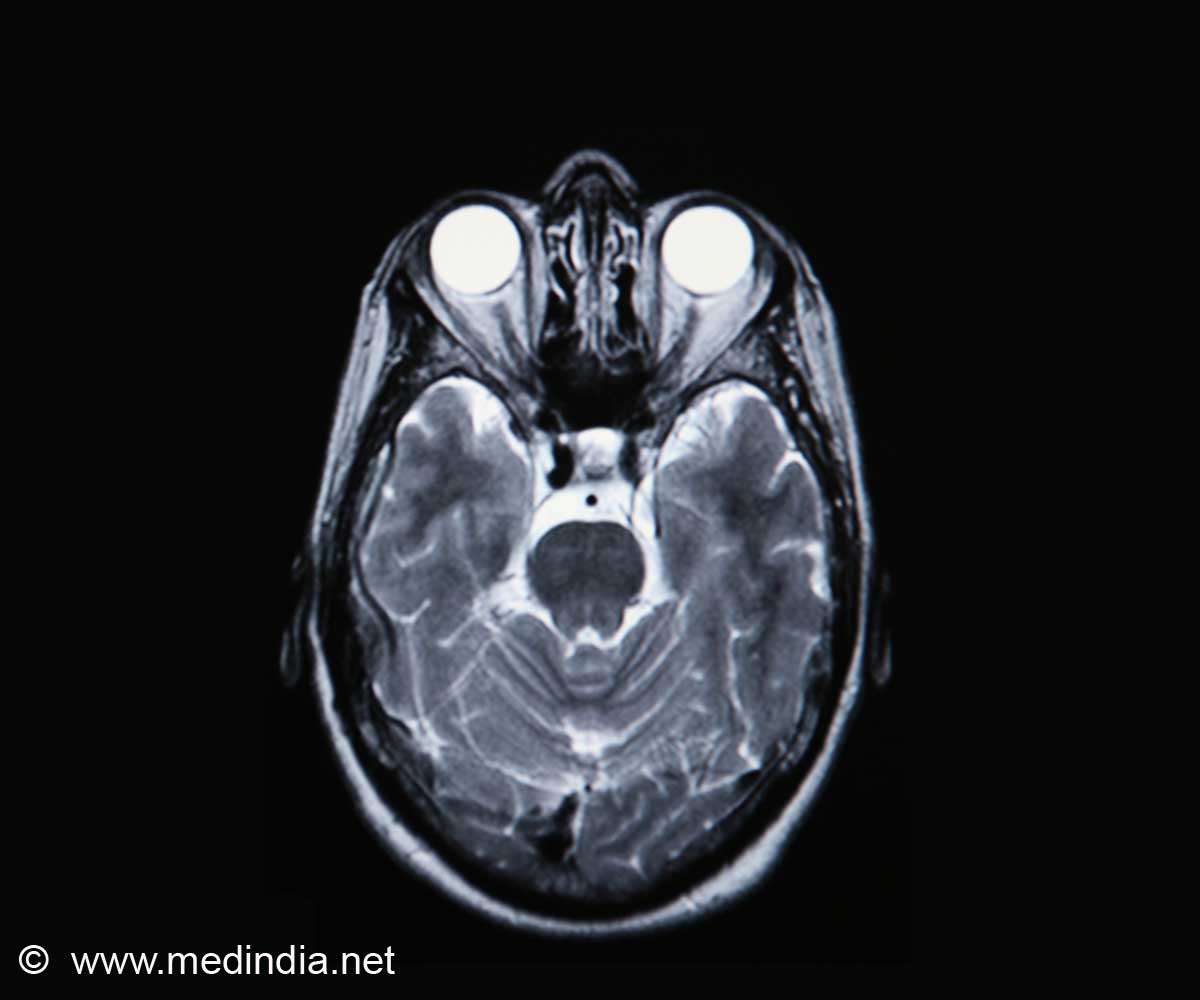An important discovery was made by researchers studying a type of cell found in the trillions in our brain as to how it responds to brain injury and disease such as stroke.

When the brain is subjected to injury or disease, the cells react in a number of ways, including a change in shape. In severe cases, the altered cells form a scar, which is thought to have beneficial, as well as detrimental effects by allowing prompt repair of the blood-brain barrier, and limiting cell death, but also impairing the regeneration of nerve fibres and the effective incorporation of neuronal grafts - where additional neuronal cells are added to the injured site.
The cells change shape via the regulation of a structural component of the cell called the actin cytoskeleton, which is made up of filaments that shrink and grow to physically manoeuvre parts of the cell. In the lab, the team cultured astrocytes in a dish and were able to make them change shape by chemically or genetically manipulating proteins that control actin, and also by mimicking the environment that the cells would be exposed to during a stroke.
By doing so the team found that very dramatic changes in cell shape were caused by controlling the actin cytoskeleton in the in vitro stroke model. The team also identified additional protein molecules that control this process, suggesting that a complex mechanism is involved.
Dr Jonathan Hanley from the University's School of Biochemistry said: "Our findings are crucial to our understanding of how the brain responds to many disorders that affect millions of people every year. Until now, the details of the actin-based mechanisms that control astrocyte morphology were unknown, so we anticipate that our work will lead to future discoveries about this important process."
Source-Eurekalert














